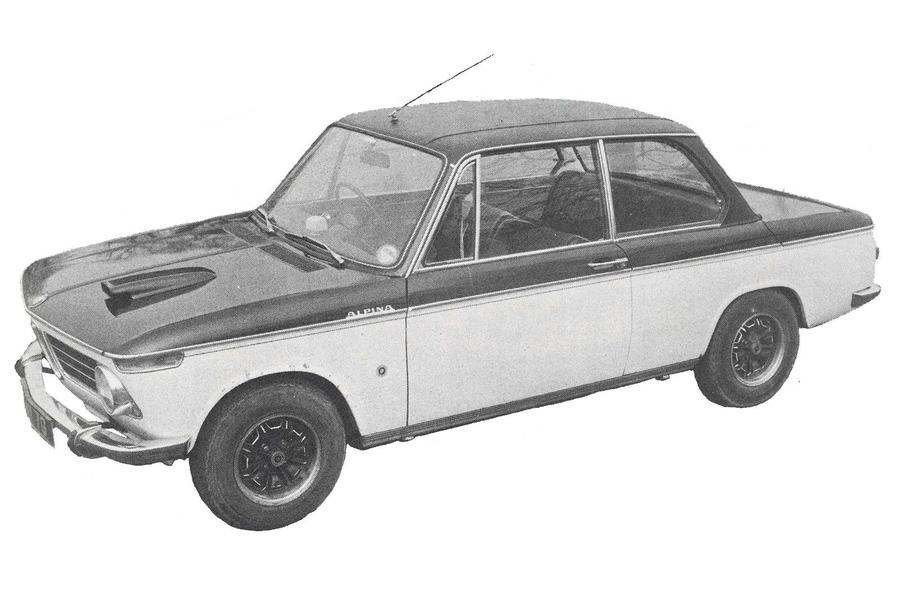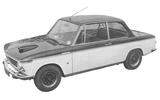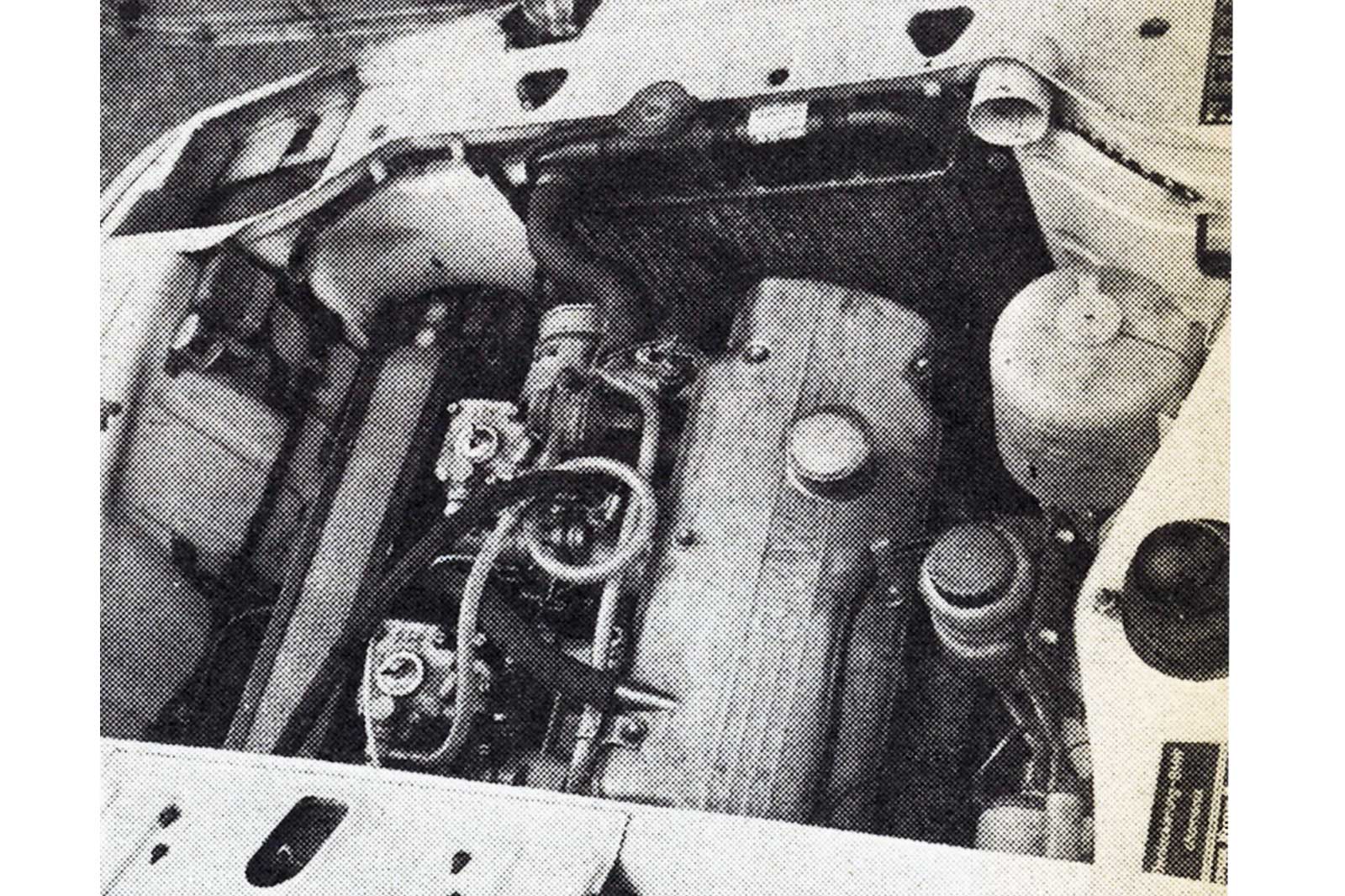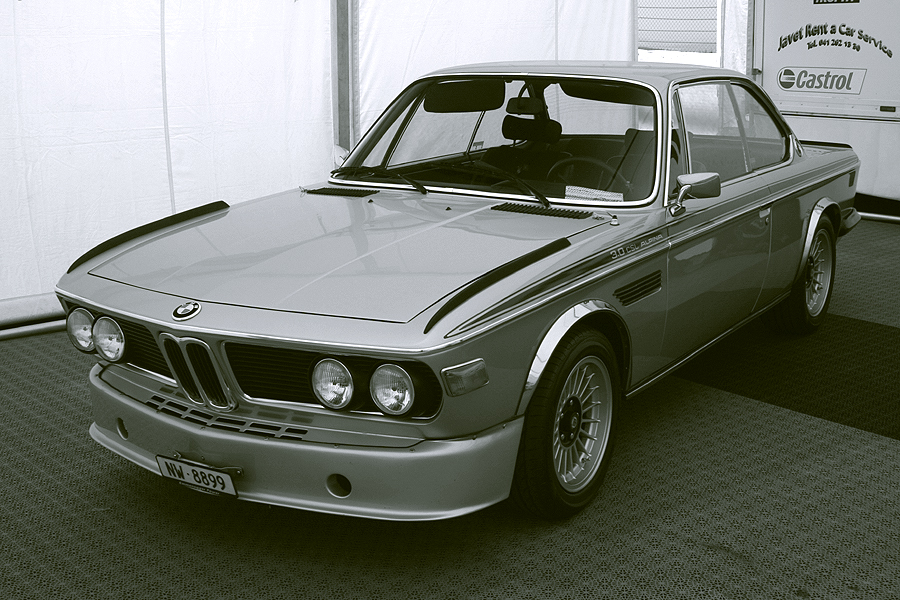Alpina's annual sales in the UK are usually only between 50 and 150 cars, yet the German BMW tuning specialist has huge clout among motoring enthusiasts here.
And that's fair enough, seeing that many of Buchloe's creations can hold their own against, or even trounce, BMW's in-house M division's models.
Alpina has been fettling BMWs since 1962, beginning by applying Weber dual carburettor to a 1500, and with Munich's blessing since 1964.
In 1968, the company entered touring car racing, going on to win the European Touring Car Championship with the 2002 in 1970 — the year it became the de facto works team.
By this time, Alpina tuning parts had become available in the UK, with the appointment of a concession in Crayford Auto Developments, a Kent-based company best known for its convertible conversions.
It was courtesy of this company that Autocar gained our first experience of Alpina machinery in the shape of a tuned 2002.

This car was based on the standard model, seeing as the hot 2002ti wasn't then available in right-hand drive form.
Crayford's creation had been brought up to the standard of the 2000ti with an Alpina engine conversion, which would have cost customers a reasonable £425 — equivalent to about £5710 today.
This comprised a new cylinder head with reworked combustion chambers, enlarged and gas-flowed ports, special valve springs and guides, a 300deg camshaft and, of course, a pair of Weber carburettors (40 DCOE 31s, if you want to get geeky) to replace the standard Solex unit.
The standard exhaust manifold was retained (because there was no room for a more efficient one in RHD form), as was the four-speed manual gearbox with a 3.64:1 final drive.













Add your comment